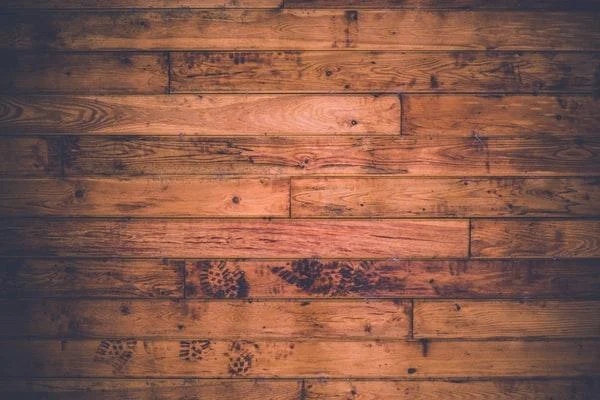Ad Code
Translate
List of 6,000+ Dofollow Commentluv Blogs FREE (Updated 2025)
January 16, 2025
What is Ozempic (semaglutide)? (Updated in 2025)
January 30, 2025
How To Find Suitable Properties In Cyprus? (Updated in 2025)
January 11, 2025
Smart strategies for trading on crypto exchanges
April 23, 2025
How To Identify Water Damage in Your Subfloor
Zizo Gala-Mkhize
June 24, 2022
The subfloor is the foundation of the floor in your home. It is the layer of material that lies below the finish flooring and typically consists of a layer of plywood or oriented strand board (OSB) and a layer of insulation. The subfloor provides a flat, level surface for the finish flooring to rest on and helps to insulate the flooring from the cold concrete slab or foundation below.
If the subfloor is damaged, it can cause problems with your new flooring and may even lead to damage to the flooring itself. There are a few ways that the subfloor can be damaged, but the most common way is by water damage. Water damage can occur in various ways, from a simple roof leak to a busted water pipe. The severity of the water damage will depend on the amount of water that’s present and how long it’s been allowed to sit. In some cases, you may be able to see the damage yourself, while other times you may need to get down on your hands and knees to take a closer look.
Water damage to your subfloor is not always easy to spot, but if you do see any signs of a water-damaged subfloor, it's important to investigate further. Keep reading to learn how to identify water damage on your subfloor.
Check for moisture content.
Moisture content is an important factor when it comes to identifying water damage on your subfloor. If the moisture content is too high, it can cause the wood to warp and buckle, which will create a dangerous condition that could lead to floor failure. To check for moisture content, wet a finger and press it into the subflooring. If the wood feels cool and damp, there is likely excess moisture present.
You can also use a moisture meter, which is a handheld device that is used to measure the moisture content of a material. By using a moisture meter, you can determine whether the subflooring material has an acceptable level of moisture or not. If the subflooring material contains too much moisture, it can lead to water damage and other problems.
Inspect the edges of the flooring for swelling.
When inspecting the edges of your flooring for water damage and swelling, you're looking for any signs that moisture has made its way underneath the surface. If you see any swelling, it's likely that there is moisture trapped in the subfloor, which can lead to even more serious problems down the road.
Look for warping.
One telltale sign of water damage is warping or buckling in the flooring material. This is often most noticeable on hardwood floors where the wood can start to swell and curl up at the edges. You may also see areas where the finish has been worn away or where the colour is different from surrounding areas (this could be a sign of rot). If you suspect water damage but can’t see any obvious signs, try probing around with a screwdriver or metal rod; if the subfloor feels spongy or wet, there’s likely moisture lurking underneath.
Address the water damage.
If you have water damage on your subfloor, the first step is to clean and dry the affected area. Once it is clean and dry, you can then repair or replace the subfloor. Depending on the extent of the damage, this may require hiring a professional flooring restoration company. Your flooring experts will likely replace the damaged boards and install a waterproof membrane to ensure that the issue does not occur again.
Early detection of water damage in your subfloor can prevent any further damage to the structure of your home. By identifying and addressing any water damage as soon as possible, you can save yourself time, money, and headaches down the road.
Featured Post
12 Prominent new technologies and trends emerging in 2025
Khabza Mkhize-
April 02, 2025
Soapie Teasers
Sister Sites
Most Popular
List of 6,000+ Dofollow Commentluv Blogs FREE (Updated 2025)
January 16, 2025
Smart strategies for trading on crypto exchanges
April 23, 2025
Popular posts
List of 6,000+ Dofollow Commentluv Blogs FREE (Updated 2025)
January 16, 2025
Smart strategies for trading on crypto exchanges
April 23, 2025
Footer Menu Widget
Created By Blogspot Theme | Distributed By Gooyaabi Templates

.jpg)



0 Comments